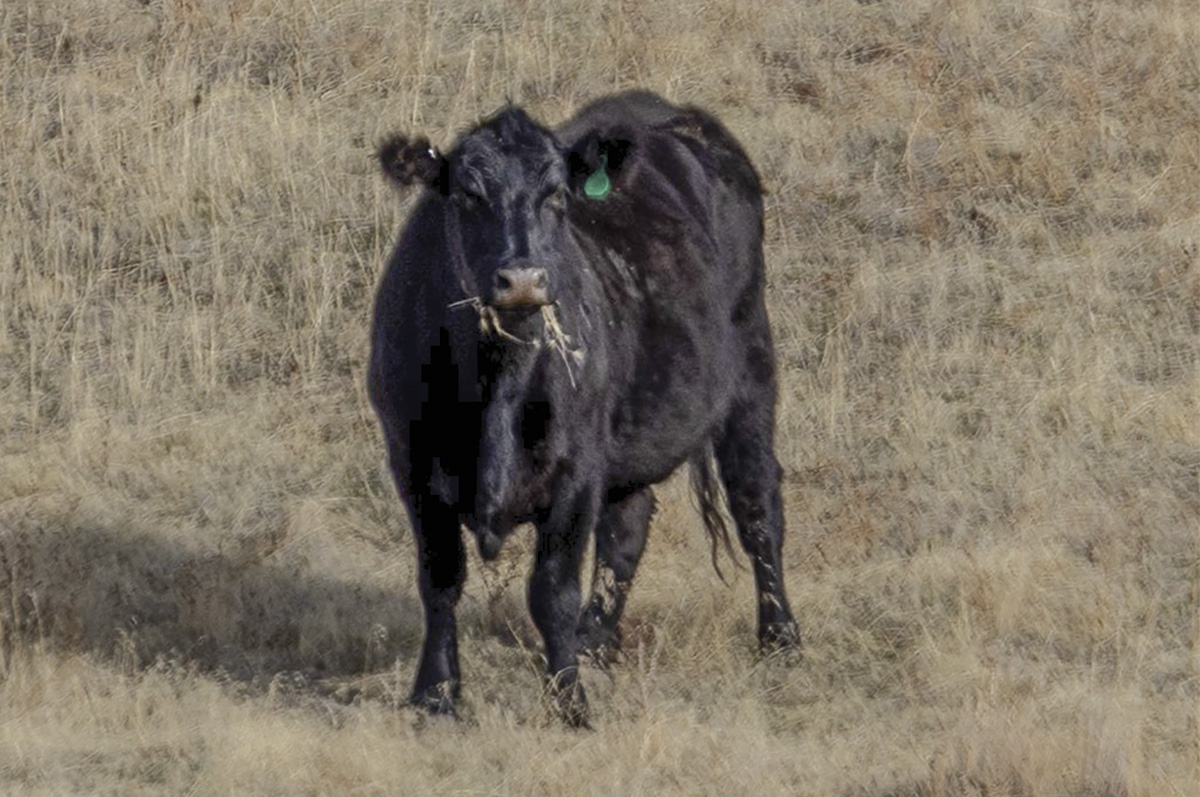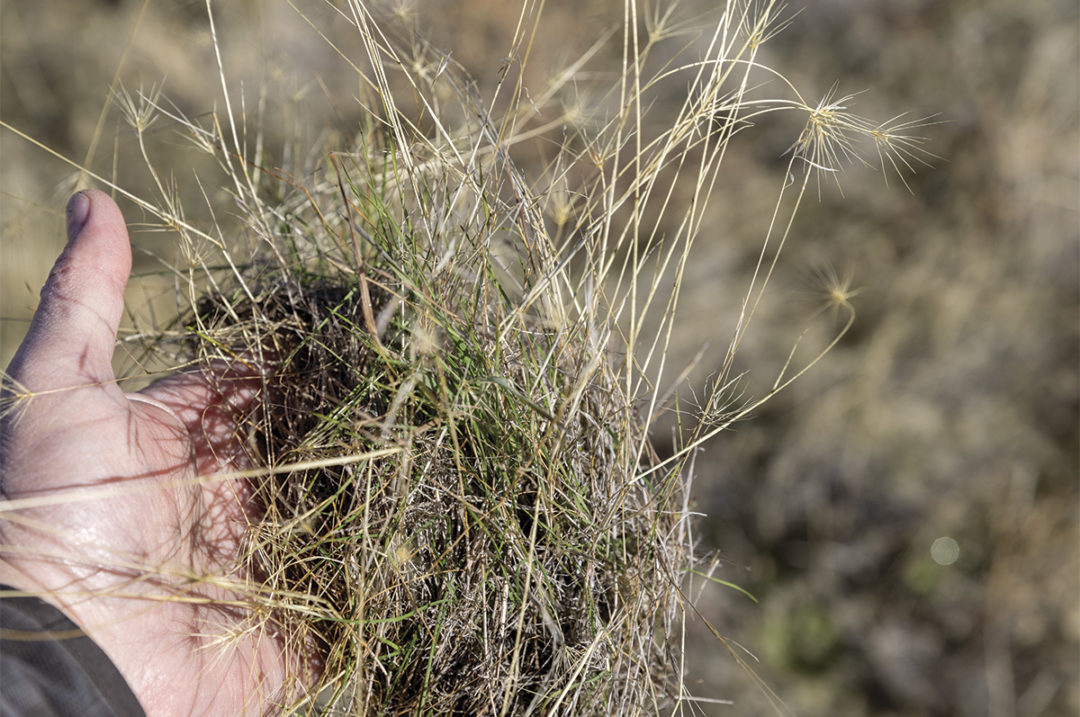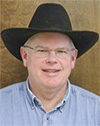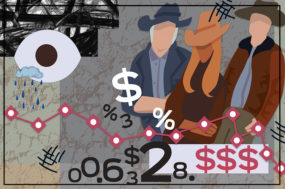Cheatgrass (Bromus tectorum) and medusahead (Taeniatherum caput-medusae) are two invasive annual grasses whose presence is ever-increasing across Western rangelands. The expansion of these annual grasses reduces the overall productivity of the land and increases the frequency and severity of wildfire. Frequent wildfire then exacerbates the problem as the cycle continues and the invasion expands.
Unfortunately, there is no quick and easy solution to reduce the spread of invasive annual grasses. However, multiple research efforts are being made to learn if and how prescriptive or targeted livestock grazing can be used as a tool to help manage cheatgrass and medusahead. A key consideration in developing a targeted grazing plan for these grasses includes identifying times or seasons of the year when livestock can be concentrated and encouraged to consume them without damaging desirable perennial grasses and forbs. In most instances, the dormant season (late fall and winter) provides the best opportunity to remove litter and germinating annual grass seedlings without negatively affecting perennial plants.
Targeted dormant-season grazing requires several things to be successful. First, there must be a grazeable quantity of forage available. This most consistently occurs later in the season, as availability in the spring is very dependent on precipitation timing. Second, adequate protein supplementation is necessary to keep rumen microbes healthy and functioning. Crude protein content of fully mature cheatgrass and medusahead is below that needed by rumen microbes. Third, stock water must be available within a reasonable distance of the targeted areas. If necessary, stock water can be hauled to the cattle, although that can significantly increase costs. One additional item over which we have no control is fall precipitation. Fall precipitation sufficient to germinate cheatgrass and medusahead seed in the litter or thatch layer is extremely helpful for encouraging consumption by cattle.
Research conducted at the University of Nevada – Reno’s Gund Ranch Experiment Station from 2006 to 2009 focused on reducing cheatgrass fuel loads using fall grazing. In their study, cattle removed 58%-80% of the cheatgrass standing crop each fall. They also documented a sixfold decrease in the cheatgrass seed bank in comparison to about a twofold decrease in the ungrazed area over the same period. Researchers did recognize that some of the decrease is likely attributable to two very dry years; however, overall results strongly suggested an effect from grazing. It is important to note that a decrease in cheatgrass density was not observed until after two years of grazing treatment.

A cow chews a mouthful of medusahead. Photo by K. Scott Jensen.
I am currently involved in a collaborative, 10-year, landscape-scale research project in the Three Fingers allotment of Oregon BLM’s Vale District. The project is led by Dr. Sergio Arispe, Oregon State University Extension livestock and rangeland field faculty and includes collaborators from Oregon State University; University of Idaho; University of Nevada – Reno; Boise State University; the USDA Agricultural Research Service; Burns, Oregon; and local ranchers. We are looking at using dormant-season grazing to reduce fine fuels (mainly medusahead) and fire risk. We are currently halfway through the project.
The project consists of six replications of four treatments. Treatments include no graze, traditional graze (summer/early fall), dormant season (Oct. 15-Feb. 28), and traditional plus dormant season. Key findings thus far are that there may be reductions in litter biomass in some grazed treatments relative to control treatments. There is no evidence of negative impacts on perennial vegetation. In fact, perennial grass density has shown significant increases in dormant- and traditional plus dormant-season grazing treatments. This increase in perennial grass density was not manifest until four years into the project.
Dormant-season grazing is not without challenges. As discussed earlier, a lack of fall moisture impedes germination. It also reduces natural stock water availability. Too much precipitation, especially in the form of snow, can make it nearly impossible to keep cattle up in the desired areas. Too much cold weather, and the cattle begin to lose body condition. In the project on the Three Fingers allotment, we have only been able to use an average of 36% of the authorized animal unit months (AUMs) due to the aforementioned challenges.
In summary, grazing management targeted at invasive annual grasses such as cheatgrass and medusahead can be effective over time at managing and possibly reducing fuel loads and wildfire risk. Additionally, invasive annual grass density can be reduced while increasing more desirable perennial grass density. These positive changes, however, take time. Consistency is key to long-term success.









